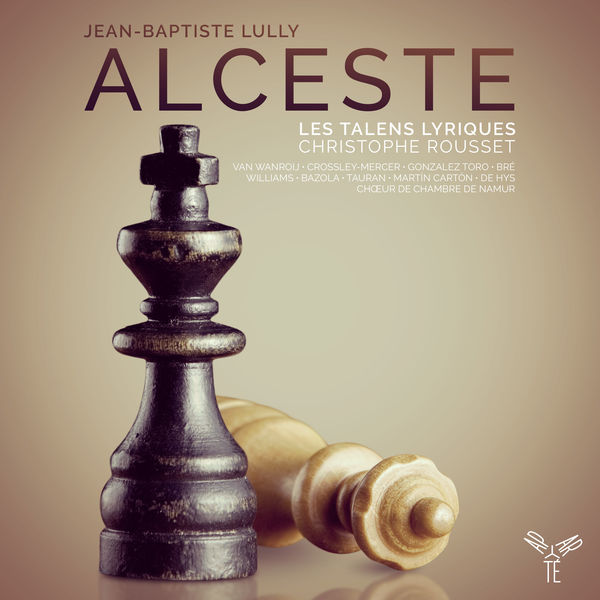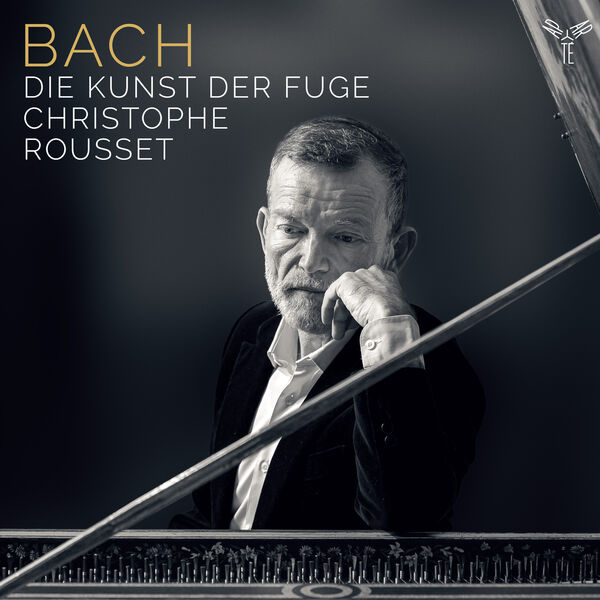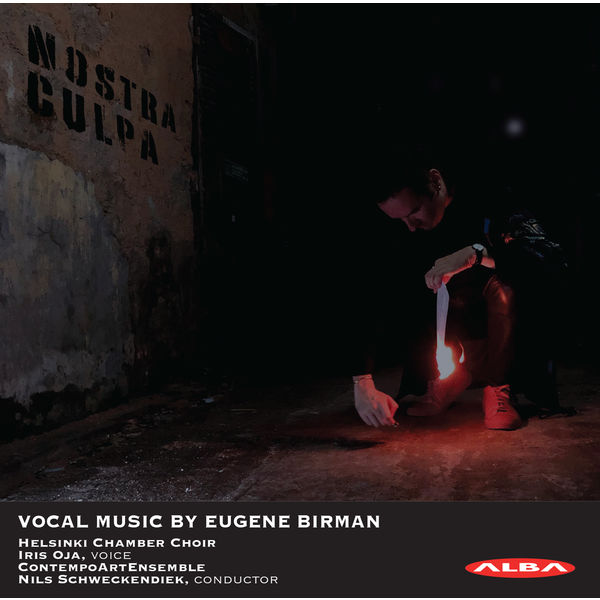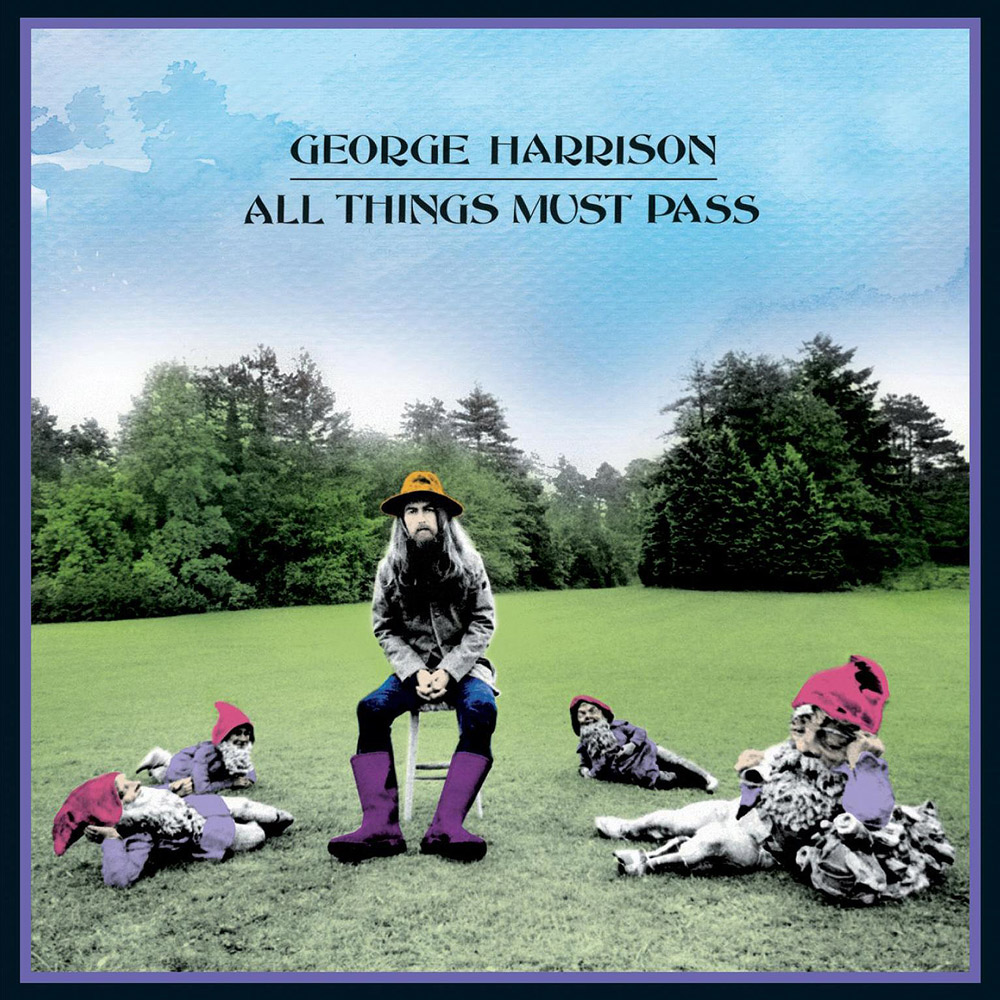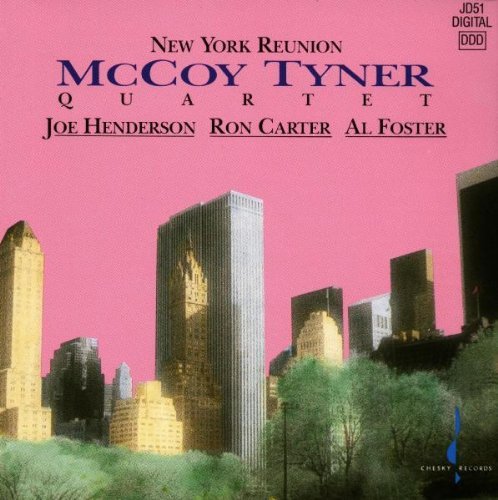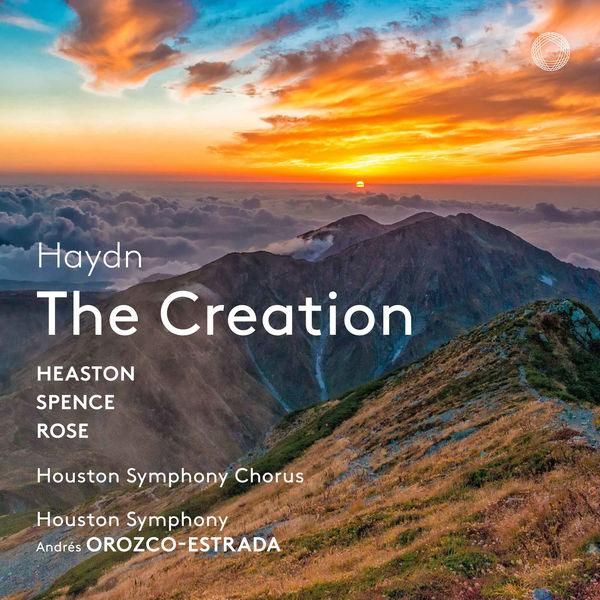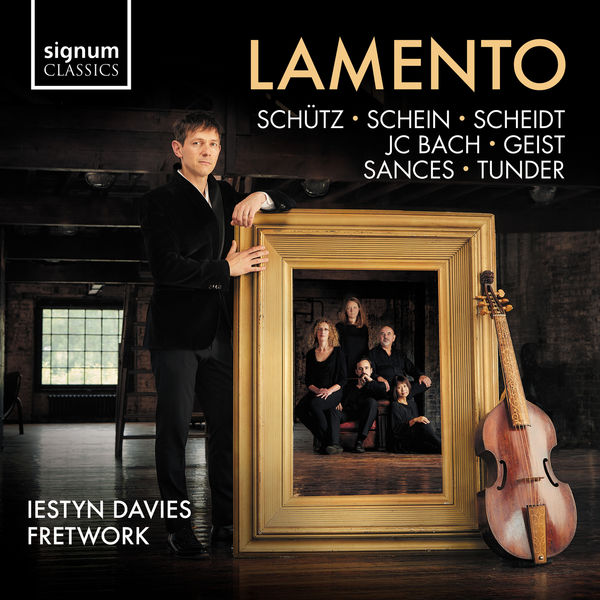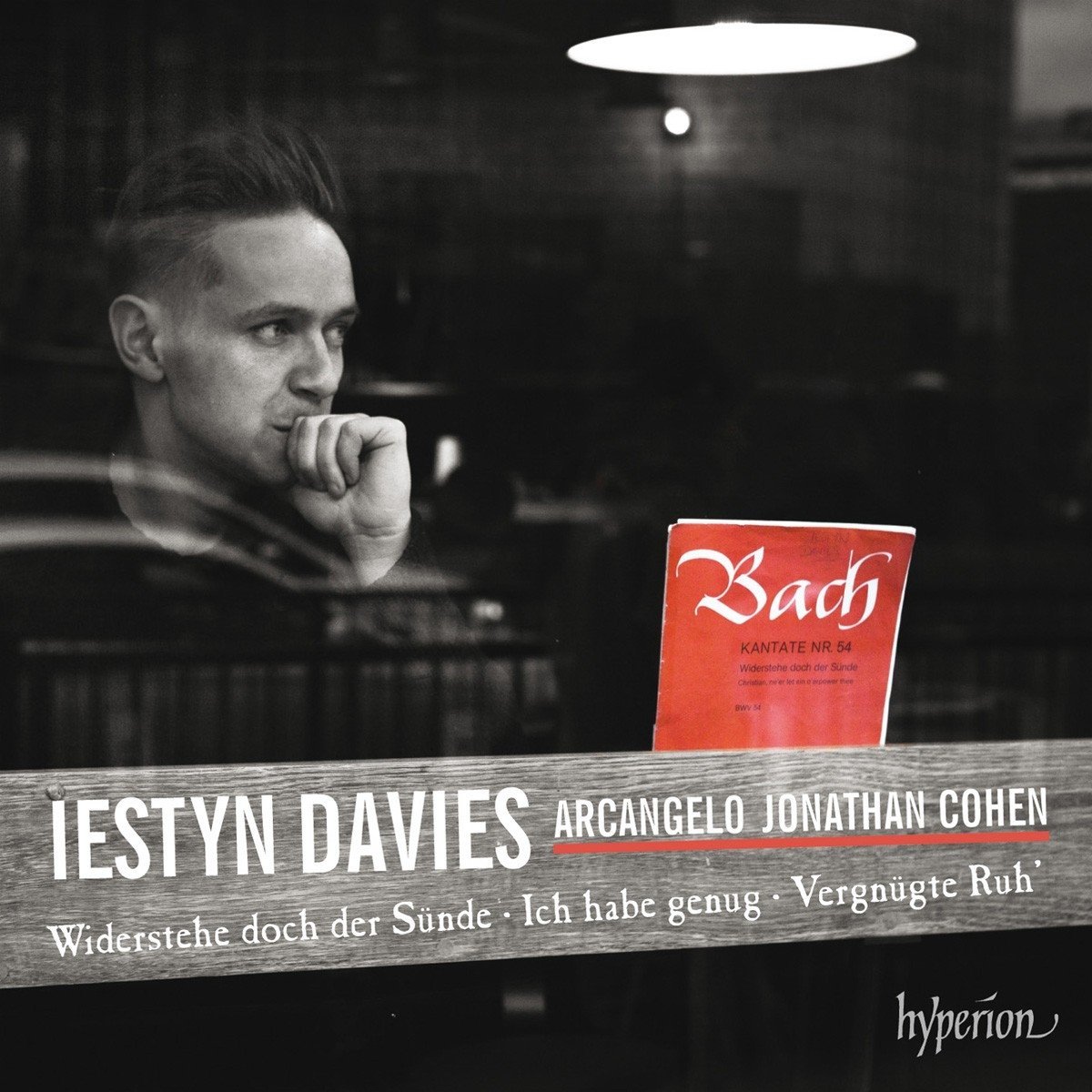Hallé Orchestra, Sir John Barbirolli – Sibelius: Symphony No. 1, Op. 39 & Suite from Pelléas et Mélisande, Op. 46 (Remastered) (2020)
FLAC (tracks) 24 bit/192 kHz | Time – 58:45 minutes | 2,25 GB | Genre: Classical
Studio Masters, Official Digital Download | Front Cover | © Warner Classics
Born in London of Italian-French parents, Sir John Barbirolli (1899–1970) trained as a cellist and played in theatre and café orchestras before joining the Queen’s Hall Orchestra under Sir Henry Wood in 1916. His conducting career began with the formation of his own orchestra in 1924, and between 1926 and 1933 he was active as an opera conductor at Covent Garden and elsewhere. Orchestral appointments followed: the Scottish Orchestra (1933–36), the New York Philharmonic (1936–42), the Hallé Orchestra (1943–70) and the Houston Symphony (1961–67). Barbirolli guest conducted many of the world’s leading orchestras and was especially admired as an interpreter of the music of Mahler, Sibelius, Elgar, Vaughan Williams, Delius, Puccini and Verdi. He made many outstanding recordings, including the complete Brahms and Sibelius symphonies, as well as operas by Verdi and Puccini and much English repertoire.
Barbirolli was a late convert to the music of Gustav Mahler. He had first come across it in 1930 when the Fourth Symphony, as heard for the first time at somebody else’s rehearsal, struck him as being thin, certainly by comparison with Berlioz and Wagner. After some early excursions at the beginning of his career – such as in 1931, when he conducted the Kindertotenlieder for Elena Gerhardt at a Royal Philharmonic Society concert in London – Mahler scarcely even figured in his programmes until 1946, when he included Das Lied von der Erde in his third season with the Halle Orchestra. Then in 1952 his friend, the critic Neville Cardus, recalling that Sir Hamilton Harty had given England its first hearing of the Ninth Symphony during his reign as Hallé conductor (1920–33), urged Barbirolli to consider conducting it himself. It was, said Cardus, “the ideal work” for him. Two years later the thing happened: moreover, that first-ever performance by Barbirolli of a Mahler symphony opened the floodgates to a 16-year period in which he embraced them all save No.8. The First, Fifth, Sixth and Ninth he subsequently recorded commercially, and radio recordings of several of the others have also appeared on CD.
The symphonies preoccupied Barbirolli for the rest of his life, possibly even to the detriment of his health, as the vast periods of time he spent studying them had to be squeezed into an already hopelessly overcrowded schedule. He reckoned that mastering a Mahler symphony took between 18 months and two years, and he would spend hours meticulously bowing all the string parts in preparation for his performances. “If you want to conduct Mahler well his music must be under your skin and in your bones”, he said, adding: “It is a joy to me in my advancing years that I have found something which […] is of such mighty dimensions. Of course, it does not take two years to read these scores, but if you prepare for a journey through such immeasurably wide musical spheres, you must know exactly where the musical ideas begin and where they end and how each fits into the pattern of the whole […].” To this end he spent several days in 1956 memorizing the choral finale of the Second Symphony, despite the fact that his first attempt upon it was not scheduled until May 1958.
Tracklist:
1. Hallé Orchestra & Sir John Barbirolli – Sibelius: Symphony No. 1 in E Minor, Op. 39: I. Andante ma non troppo – Allegro energico (12:08)
2. Hallé Orchestra & Sir John Barbirolli – Sibelius: Symphony No. 1 in E Minor, Op. 39: II. Andante, ma non troppo lento (10:23)
3. Hallé Orchestra & Sir John Barbirolli – Sibelius: Symphony No. 1 in E Minor, Op. 39: III. Scherzo. Allegro (05:40)
4. Hallé Orchestra & Sir John Barbirolli – Sibelius: Symphony No. 1 in E Minor, Op. 39: IV. Finale, quasi una fantasia. Andante – Allegro molto (13:45)
5. Hallé Orchestra & Sir John Barbirolli – Sibelius: Suite from Pelléas and Mélisande, Op. 46: No. 1, At the Castle Gate (04:26)
6. Hallé Orchestra & Sir John Barbirolli – Sibelius: Suite from Pelléas and Mélisande, Op. 46: No. 2, Mélisande (04:00)
7. Hallé Orchestra & Sir John Barbirolli – Sibelius: Suite from Pelléas and Mélisande, Op. 46: No. 7, Mélisande at the Spinning Wheel (02:21)
8. Hallé Orchestra & Sir John Barbirolli – Sibelius: Suite from Pelléas and Mélisande, Op. 46: No. 9, The Death of Mélisande (05:58)



